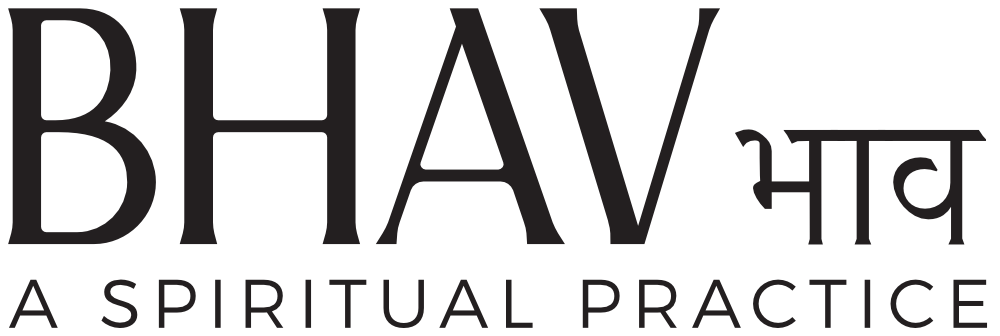Patanjali’s eight limbs of yoga: Pranayama
Becoming aware of the mechanical movement of the breath and infusing it with conscious awareness is pranayama. Working with the breath is much subtler than working with the body, which is why pranayama requires a higher degree of training and concentration than asana.
This makes pranayama a lot more rewarding when practiced correctly and should only be practiced after being well established in asana. The scope of asana is quite limited if it is not accompanied by different pranayama techniques. When practiced together, asana and pranayama mature into the higher stages of yoga and then we get to explore deeper layers of our being and move towards samadhi.
The practice of pranayama begins with noticing our irregular breathing patterns. The breath is the link between the body and the mind, as well as the balancing factor. When a disturbing thought arises in the mind our breathing pattern becomes inconsistent, shaky, noisy, and shallow. Erratic breathing tends to trigger a chaotic response in our nervous system, gastrointestinal tract, endocrine glands, and heart. If un-noticed, the chaotic response intensifies, throwing us into a state of physical and mental chaos.
The breath has its own innate wisdom and intelligence and has the power to calm itself. Not until this happens are we able to bring more awareness to it to calm it even further. Calming the breath involves breathing deeply and evenly, without jerkiness or noise. Deep, even breathing restores the body's and brings it back into harmony.
However, if the breath fails to summon its innate wisdom and power, we tend to breathe mechanically. The heart and brain will still attempt to meet the demands of our limbs, organs, and systems, but because mechanical breathing is lacking inner intelligence, the healing and nourishing functions of breathing will be highly compromised.

